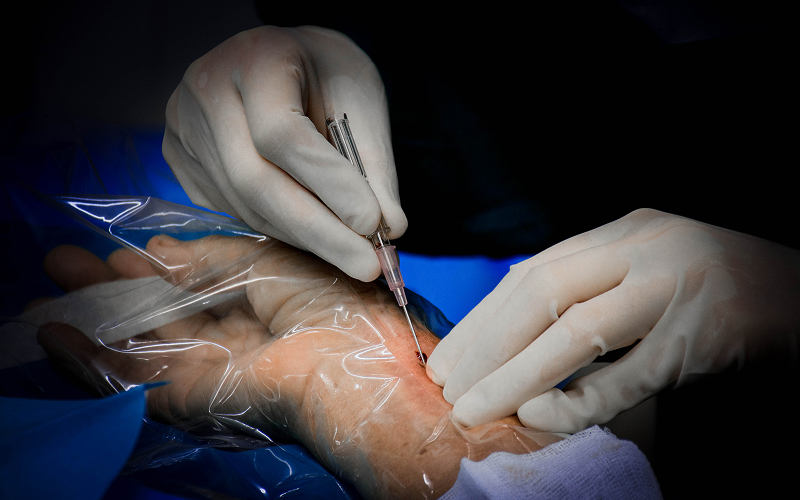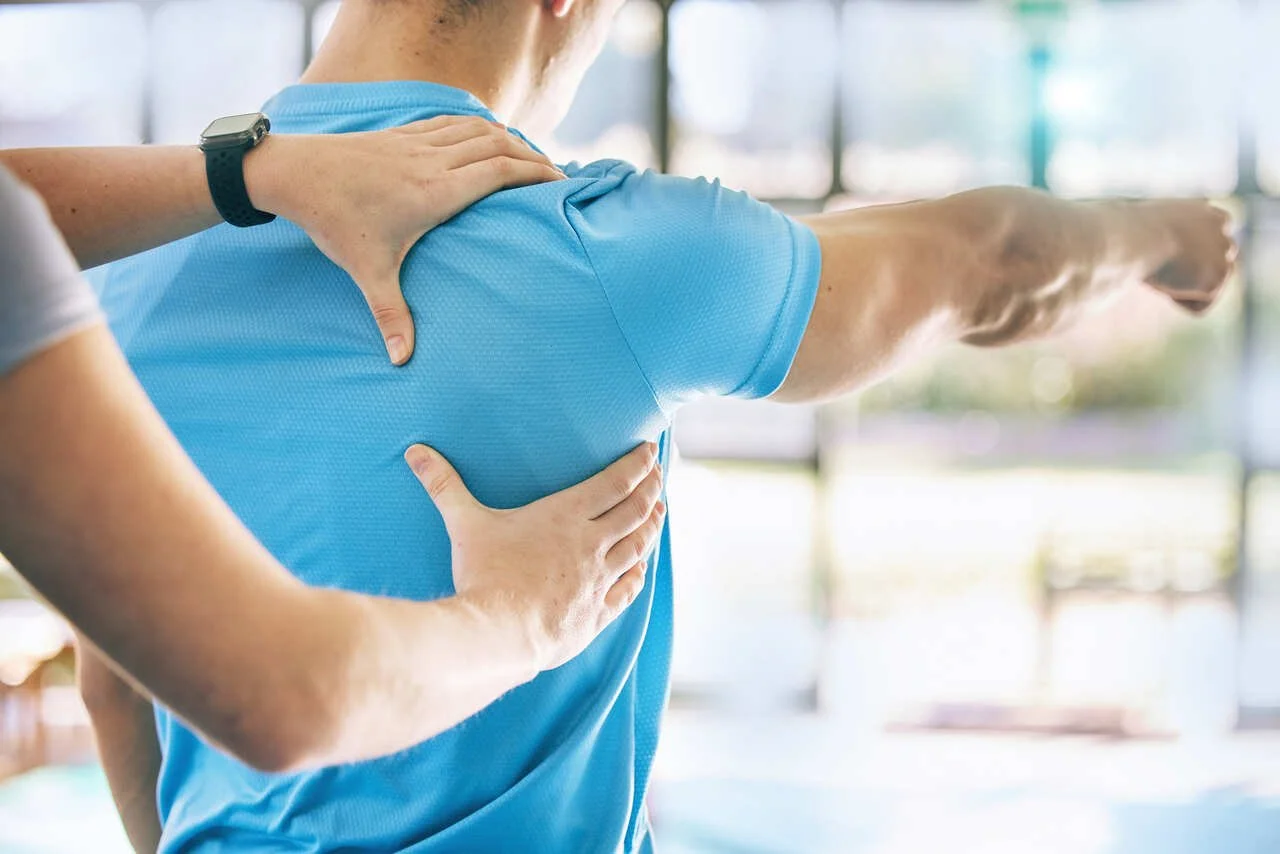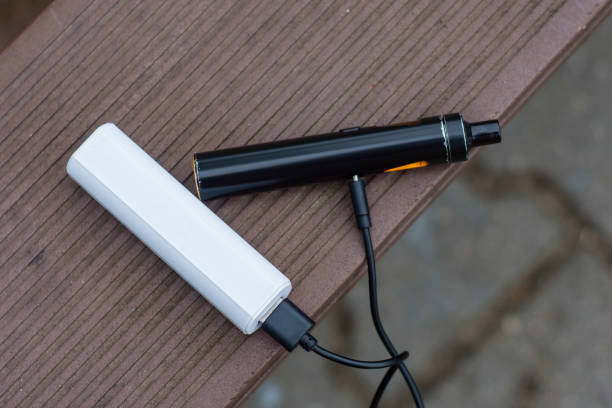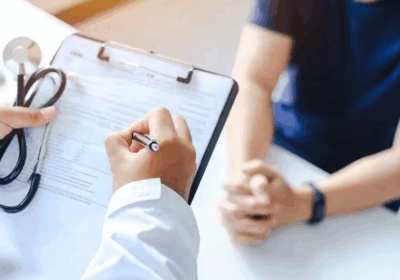
Complex Nerve and Tendon Reconstruction in Singapore’s Public Hospitals
Complex hand injuries, particularly those involving both nerve and tendon damage, are common in incidents involving industry, the home, or transportation in Singapore’s public hospital system. These injuries require immediate evaluation to preserve limb viability, followed by detailed planning for functional restoration. A hand surgeon in Singapore working in the public sector is trained to integrate orthopaedic, microsurgical, and reconstructive techniques to manage these cases from emergency admission through to rehabilitation.
Diagnostic Priorities For Combined Injuries
When a patient presents with loss of movement, altered sensation, and visible lacerations, the initial assessment in a public hospital emergency department focuses on vascular integrity. Once perfusion is confirmed, motor and sensory function tests, supported by imaging such as ultrasonography or MRI, determine the extent of tendon rupture, nerve discontinuity, and associated bone or joint trauma. Early involvement of a hand surgeon in Singapore allows for accurate surgical mapping and timing. These are critical factors that influence a patient’s long-term outcomes.
Surgical Timing and Staged Approaches
Primary repair is preferred within the first 24 hours for clean injuries with well-defined structures, as this allows direct tension-free tendon suturing and end-to-end nerve repair. In crush or avulsion injuries, staged reconstruction may be necessary: initial debridement and stabilisation are followed by delayed tendon grafting or nerve conduits once soft tissue condition improves. Microsurgical techniques, using 9-0 or 10-0 nylon under magnification, are standard for nerve coaptation, while tendon repairs employ core sutures with epitendinous reinforcement to balance strength and glide.
Grafting and Biologic Adjuncts
Surgeons use autologous nerve grafts to address nerve gaps that exceed safe mobilisation distances. This procedure often involves taking a section of the sural nerve and is a widely accepted treatment method. In select cases, bioengineered conduits can bridge shorter gaps, potentially reducing donor site morbidity. Flexor or extensor tendon grafting, often using palmaris longus or plantaris tendons, restores mechanical continuity when primary repair is not possible. The hand surgeon in Singapore will weigh graft choice against expected rehabilitation complexity and donor site implications.
Rehabilitation Protocols in the Public Setting
Post-operative recovery integrates splinting, controlled mobilisation, and progressive loading. Public hospital physiotherapy and occupational therapy departments tailor programmes to protect repairs while preventing stiffness and adhesions. Axonal regeneration, which proceeds at roughly 1 mm per day, is the biological process that determines nerve recovery timelines. Surgeons explain this early so that patients understand the expected sequence of sensory and motor return. Rehabilitation teams also monitor for complications such as complex regional pain syndrome, which requires early intervention.
Managing Late Referrals and Secondary Reconstruction
Some patients arrive at a public hospital weeks or months after injury, either due to delayed presentation or referral from primary care. Secondary reconstruction in these cases may involve nerve grafting, tendon transfers, or free functional muscle transfer to restore critical pinch or grip function. These procedures demand precise surgical planning and realistic patient counselling about achievable outcomes.
Research and Outcome Tracking in the Public Sector
Singapore’s public hospitals participate in registry-based outcome tracking for complex upper limb injuries. This allows benchmarking of surgical techniques, rehabilitation protocols, and functional recovery timelines, ultimately informing best practice. The hand surgeon in Singapore may also contribute to multicentre research on bioengineered nerve conduits, adhesion prevention strategies, or optimised rehabilitation regimens.
Importance of Multidisciplinary Coordination
Successful restoration of hand function after combined nerve and tendon injury depends on more than the surgeon’s skill. Emergency physicians, anaesthetists, microsurgical nurses, physiotherapists, and occupational therapists all play defined roles. Public hospitals have structured care pathways to coordinate these inputs, ensuring continuity from the moment of injury through to return-to-work assessments.
For comprehensive evaluation and repair of complex upper limb injuries in a public hospital setting by an experienced hand surgeon in Singapore, contact the National University Hospital (NUH).

















